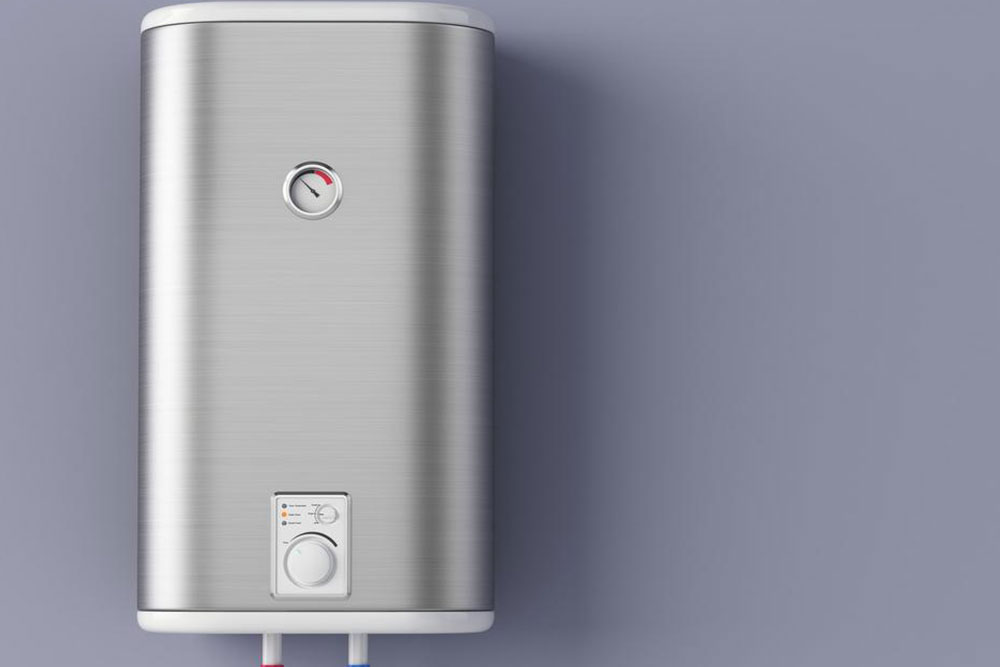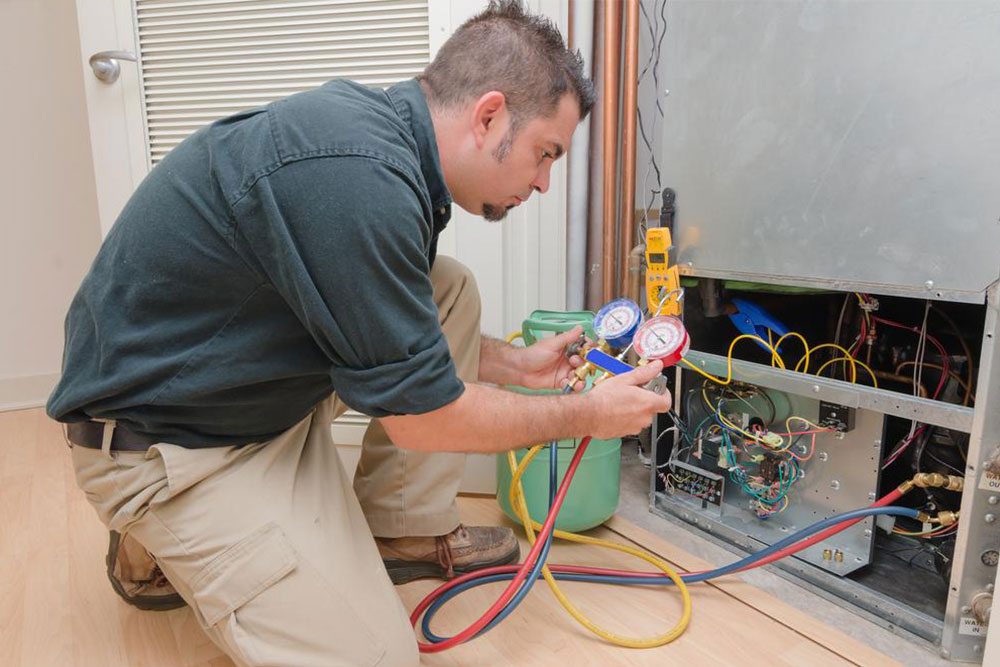Comprehensive Guide to Alternative Home Heating Solutions and Their Costs
This comprehensive guide explores various home heating options, including DIY systems, electric, propane, oil, natural gas, and geothermal solutions. It covers installation costs, maintenance expenses, and energy costs, helping homeowners find energy-efficient, cost-effective heating solutions tailored to their needs. Understand the pros and cons of each option to make informed decisions for your home's comfort and savings.

Comprehensive Guide to Alternative Home Heating Solutions and Their Costs
Heating your home efficiently is a strategic decision that impacts your budget, comfort, and energy consumption. Depending on your geographical location, the design of your residence, and your budget for both initial setup and ongoing maintenance, there are multiple home heating options available. From do-it-yourself systems to advanced geothermal setups, understanding the cost structures and benefits of each choice can help you make an informed decision. This comprehensive guide delves into various alternative heating solutions, their costs, pros and cons, and maintenance considerations to help homeowners select the best fit for their needs.
Initially, the costs associated with installing these systems vary significantly. For example, some DIY heating solutions, which are popular among homeowners looking to save on installation expenses, typically cost between $1,500 and $2,500. These often include modern features like smart thermostats that enable remote control and energy-efficient operation, generally priced around $200. Such systems are suitable for smaller spaces or supplemental heating needs, and they provide a budget-friendly entry point into home heating improvement.
On the other hand, advanced systems like geothermal heating require a substantial upfront investment, generally ranging from $20,000 to $25,000. Although the initial expense is significant, geothermal systems are highly praised for their energy efficiency and eco-friendliness, often reducing energy costs over the long term. The geothermal process involves tapping into the stable temperatures underground to heat and cool your home, offering a sustainable alternative that has gained increasing popularity among environmentally conscious homeowners in the United States.
Beyond the installation costs, ongoing expenses are an important factor to consider. Regular maintenance, repairs, and fuel costs can add up over the lifespan of your heating system. The U.S. Energy Information Administration (EIA) provides detailed data on typical costs associated with various fuels used in home heating, which can guide your decision-making process:
Heating Oil - $2,800 annually
Oil heating, while reliable, has become increasingly expensive due to fluctuating global oil prices. It remains a common choice primarily in the Northeastern U.S., where approximately 6% of homeowners rely on oil as their primary heating fuel. The high costs make it less attractive for new installations but remain relevant in certain regions with existing infrastructure.
Propane - $2,200 annually
Propane is known for cleaner combustion and higher energy efficiency compared to oil. Despite this, it tends to be more expensive and has seen a decline in popularity. Regionally, costs vary, with midwestern areas recording an average expenditure of around $1,534 per year for propane heating. Its use is often limited to rural areas where natural gas pipelines are unavailable.
Electricity - approximately $1,400 annually
Electric heating has become increasingly common due to its simplicity and ease of installation. Regions like the Northeast see significant usage of electric systems, with about a third of American households relying on electricity as the primary source for heating. While convenient, electricity prices can vary widely depending on local rates, impacting overall costs.
Natural Gas - about $1,000 annually
Among all fuel types, natural gas remains the most popular and economical option. Its widespread availability and declining prices over the past decade have contributed to its popularity, with nearly half of U.S. homes using natural gas heating. Experts forecast a stable supply for the foreseeable future, although some analysts question whether gas prices will stay low as demand fluctuates and supply dynamics change.
In conclusion, assessing these cost factors thoroughly can empower homeowners to select an optimal heating solution aligned with their financial considerations, energy efficiency goals, and regional resources. Whether opting for a simple DIY system, a modern electric setup, or investing in a long-term geothermal installation, understanding the full scope of costs and benefits will lead to better decision-making and more sustainable home heating strategies.




